Though Jacksonville, Florida is a modern city today; it started out as a tiny settlement on a narrow bend of the Saint John’s River. Located in the North East corner of Florida; Jacksonville sits right at the crossroads of I-95 and I-10 just about 140 miles north of Orlando.
Kingsley Plantation is tied to Jacksonville’s earliest days. The plantation site seems to be frozen in time preserving a piece of Floridian history and the story of those who worked there. During the 19th century, several different owners and hundreds enslaved people inhabited this island cotton plantation and the city grew around them fueled by the profits of the cotton industry.
The Kingsley story spans the second Spanish period that’s the late 1700’s early 1800’s, to the time when Florida became an American territory. If you go to Kingsley you’ll see the issue of slavery and other social and political issues from two points of view, from the Spanish period and into the American territorial period. It’s a time of history, especially in Florida that a lot of people are not familiar with… life in the antebellum south in the early 1800’s. It was tough. In a brutal climate and a task labor system where each slave had to pick up to 90 lbs. of sea island cotton a day. Plantation owner Zephaniah Kingsley had other properties as well but spent much of his time at sea.
It was his wife Ana who spent most of her time at the plantation. She was African and Zephaniah had purchased her in slavery, but later freed her. She lived on the plantation with their four children and she managed it in his absence. Anna Kingsley was a woman of courage & determination. She’s an example of the active role that people of color played in shaping their own destinies and our nation’s history in an era of slavery, oppression, and prejudice.
All of these different perspectives are presented at the plantation so visitors can kind of see history from different points of view. The riverfront plantation commands a lovely view of the Fort George River. Since boats were the cheapest and easiest ways to travel in the early days, the Kingsley’s had their home built right on the water.
Larger RV’s may not be up to the drive up to the plantation which follows the original 3-mile narrow dirt road, through the old cotton fields, which was once the back entrance; so take your time. If you have a large RV you may even want to park it at one of the nearby campgrounds and take your tag/tow vehicle instead but we found that smaller coaches and cars handle the trip just fine.
Once you arrive there’s plenty of parking and while admission to the grounds is free; its hard to put a price on this kind of history lesson, Kingsley Plantation is truly a step back in time.
Kingsley Plantation is open seven days a week, from 9:00 a.m. to 5:00 p.m., except on Thanksgiving Day, Christmas Day, and New Years Day and admission is free. You can explore the grounds, which include the slave quarters, barn, waterfront, plantation house, kitchen house, and interpretive garden. The visitor contact station/bookstore is located in a 1920s building adjacent to the plantation buildings.
The plantation house is closed during the week for structural work. Weekend tours are available on a limited basis at 11:00 a.m. and 3 p.m., be sure to call ahead for reservations. FYI pets are welcome in the outdoor areas but must be on a six-foot leash.
Kingsley Plantation
11676 Palmetto Avenue
Jacksonville, Florida 32226
(904) 251-3537 (904) 251-3626

















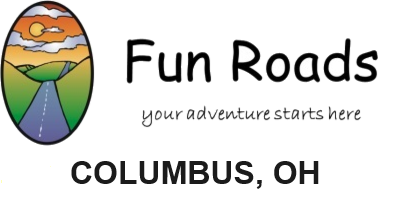
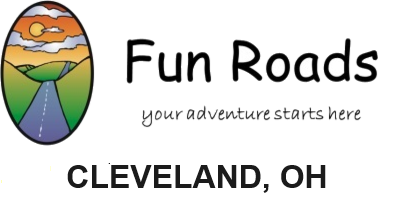


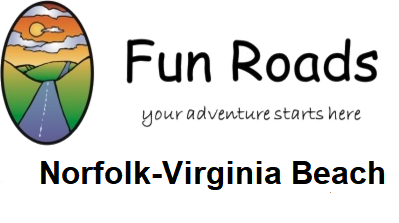
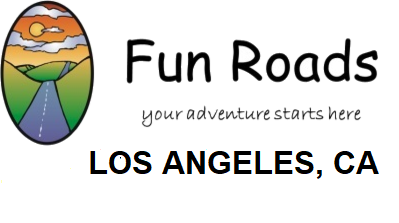
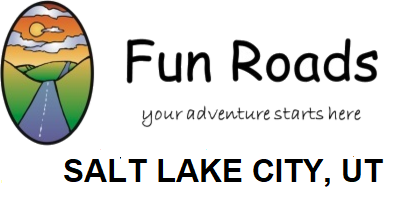

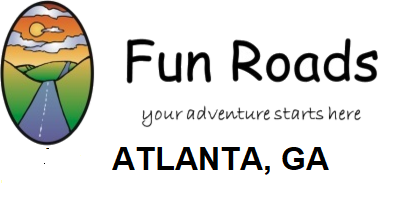
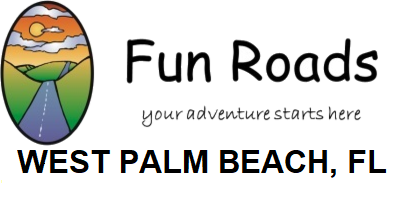





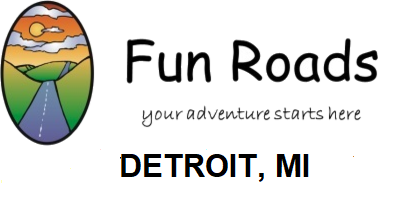

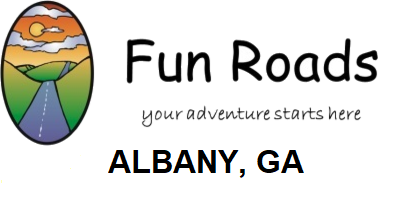
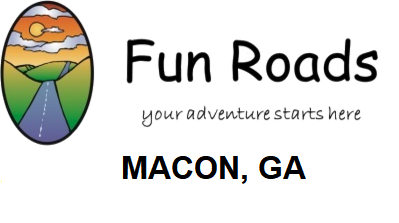
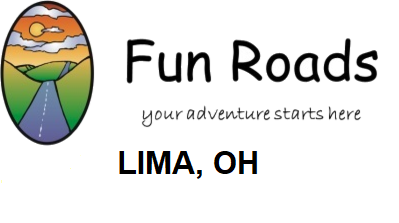

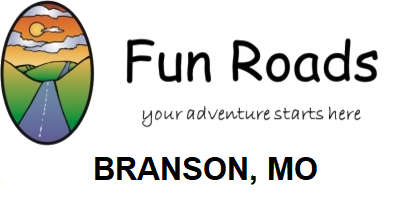


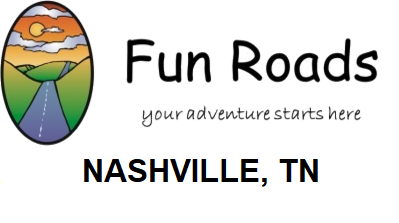





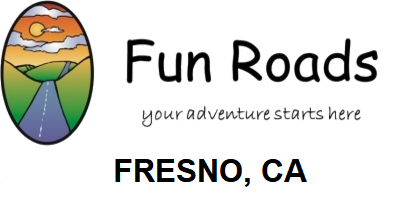


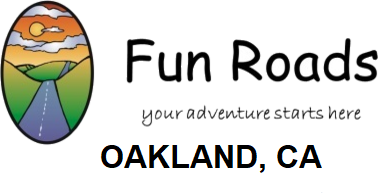



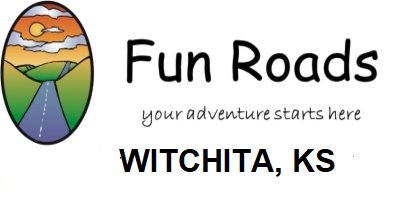
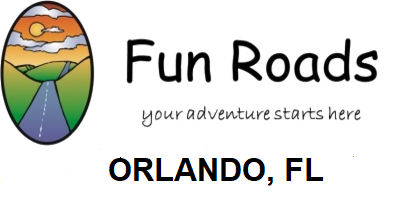
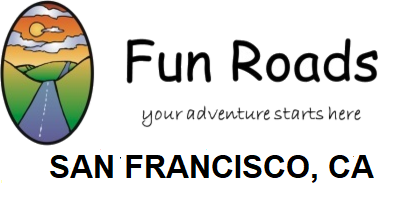

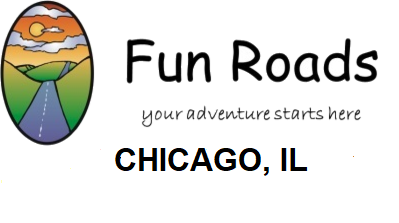

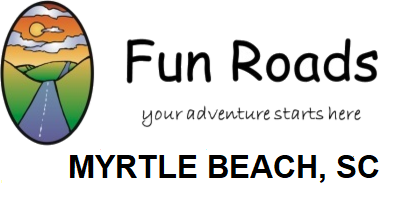
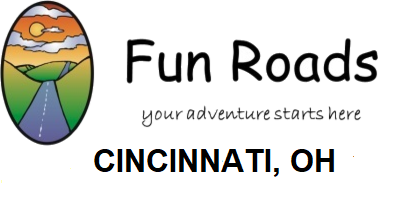



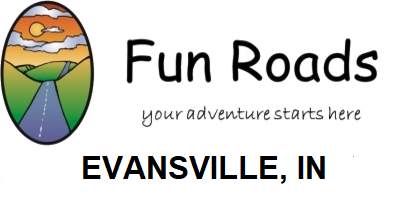

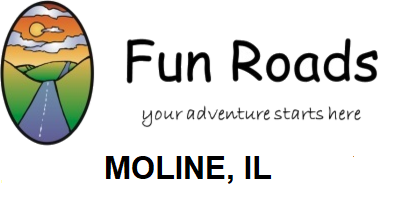









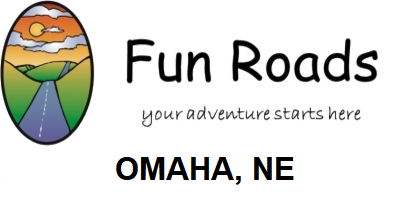

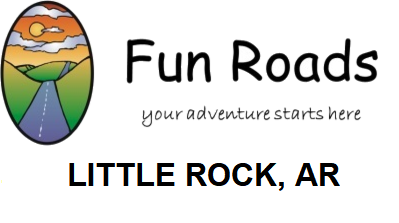
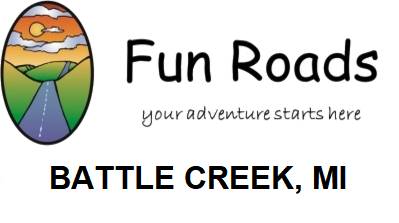
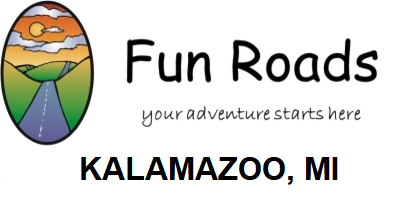

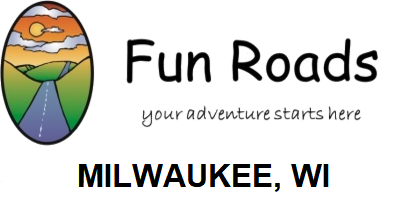
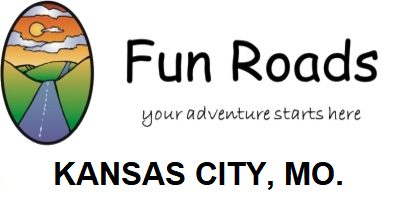


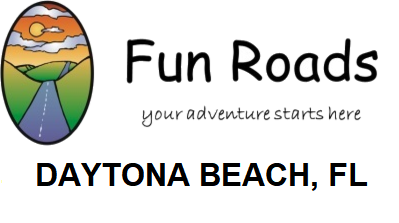


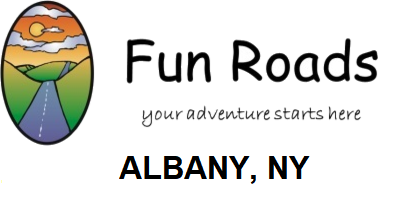

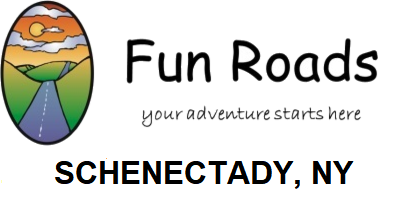
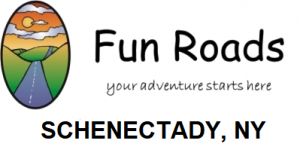







2 thoughts on “Kingsley Plantation in Jacksonville Florida”